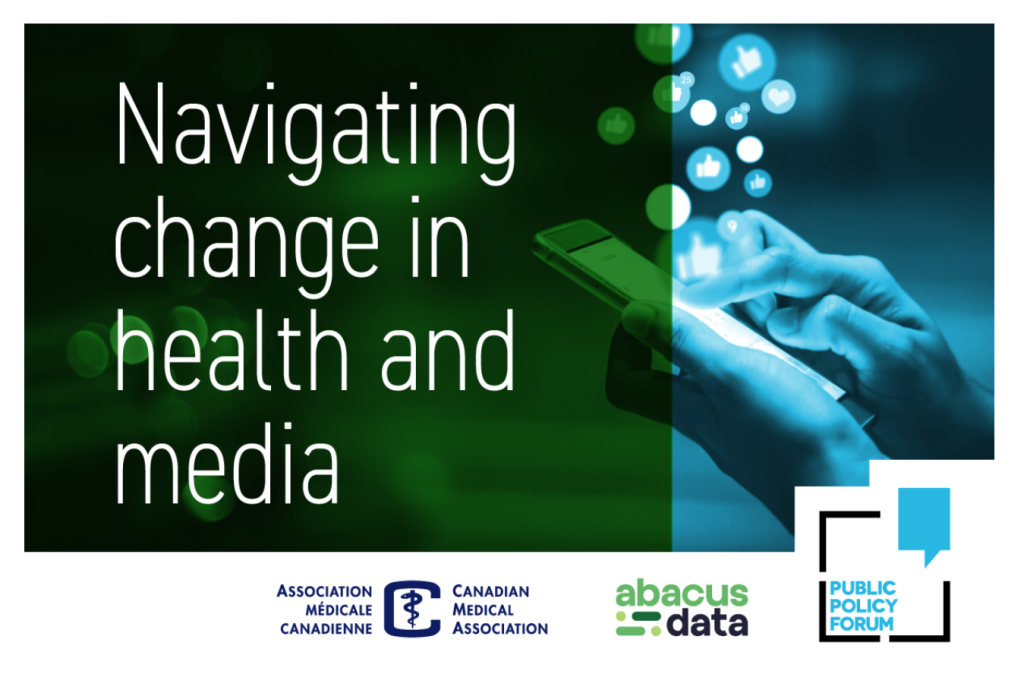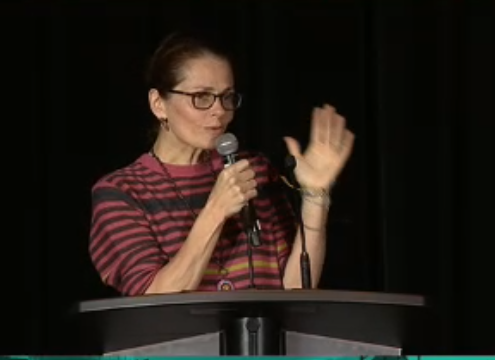
Holding patient data “hostage” and requiring physicians to pay a hefty sum to get it when they switch electronic medical record vendors is one example of how data blocking is hampering the path to interoperability in Canada.
This example was recently raised by Dr. Ed Brown who noted one physician was asked to pay $6000 to obtain their patients’ records when they made such a switch. Dr. Brown, founder and head of the former Ontario Telemedicine Network and now an advisor to Canada Health Infoway was speaking as a panelist at the last of a decade-long series of webinars on digital health hosted recently by the Sandra Rotman Centre for Health Sector strategy.
While billed as a discussion of the role of government in digital health, the virtual seminar saw a lengthy back and forth among panelists on the issue of data blocking after it was raised in the online chat.
With a person’s health data in Canada usually stored in a variety of individual physician, hospital, and laboratory electronic medical record systems (EMRs) – if it exists in an electronic format at all – few have any hope of being able to access their complete medical record in one place. Any reluctance of these various players to share the data they have with others makes tackling the problem even more complicated.
Not surprisingly, the blocking of or refusal to share health data or information by private vendors or organizations has been acknowledged as a significant issue in the United States for some time. However, attempts to address the issue have been made through federal legislation.
As the Public Policy Forum noted in its report released earlier this year on freeing the flow of health data in Canada, “we can learn from the U.S. 21st Century Cures Act, which knocked down the walls health-care operators erected between proprietary systems and set standards that enable the sharing of data across different systems.”
“The Cures Act took on the challenge of interoperability … by prohibiting information-blocking and setting financial disincentives for noncompliance,” the Forum report continues. “As part of any credible reform, data blocking — whether by vendors, institutions or jurisdictions — must be outlawed and data portability guaranteed.”
In Canada, the issue of data blocking has not been given a high-profile in discussions around the need for interoperability of health data. But the challenge is well-recognized by community-based physicians who must often switch EMR vendors. In response to Dr. Brown’s example, one prominent Ontario physician noted on social media that this is a “huge” issue for community-based physicians as often their patient’s data is held ‘hostage’.
Asked by moderator Will Falk to provide a definition of anti-blocking, Dr. Brown said it means someone is prohibited from not providing data in an appropriate format when properly requested through a secure channel.
“We’ve got a mismatch between what we want and what exists out there,” Dr. Brown added because there are no universal standards or legislation to ban blocking. As a result, he said, there are some companies in Canada who have created “walled gardens” and will only release patient data if paid to do so.
“We need to legislate something that says, ‘you have the data, you have got to share the data.’ But it’s going to be tough. And the hardest part is going to be health providers because they’re going to have to standardize their own data on their desktops,” said Dr. Brown.
“No-one wants to share their data, lets be honest about that,” said Joyce Drohan, Chief Information Officer for the Ontario government and another panelist.
She suggested the use of a federated data sharing model where companies provide access to the data they hold to, for example, help train Artificial Intelligence (AI) algorithms without giving up control of the data itself. Drohan said this type of model is already gaining traction in the field of drug development and clinical trials.









